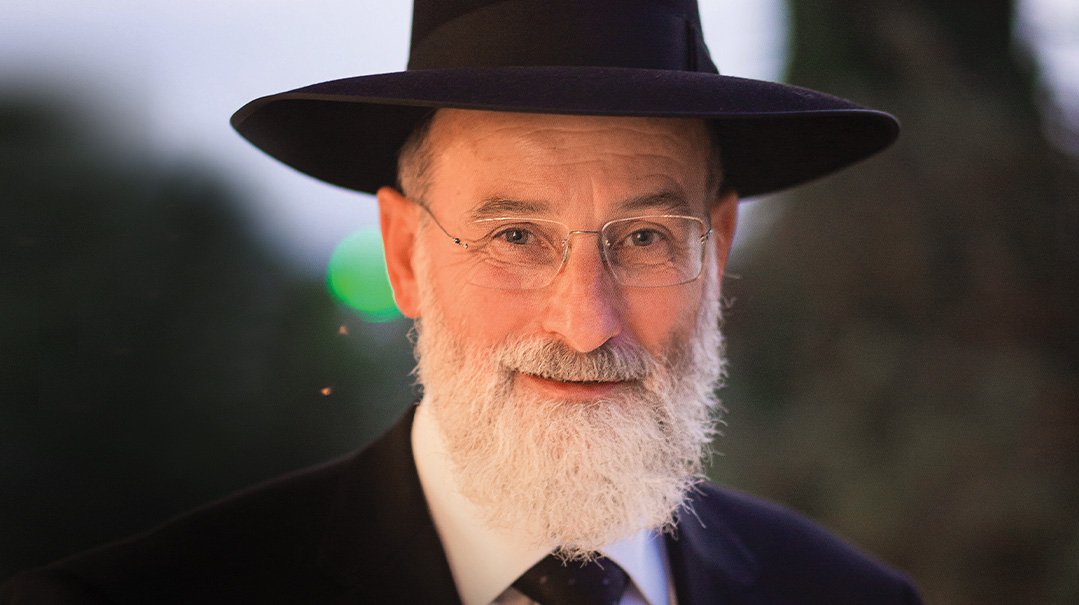Time to Build

Rabbi Dovid Hofstedter has seen his once-mocked program transformed into a global Torah force that operates on a scale that no one could have imagined

Photos Elchanan Kotler, Family archives
Yom Kippur was little more than a day away, and the atmosphere in the Yerushalayim shul was a mix of serious introspection and pre–Yom Tov bustle when Rabbi Dovid Hofstedter came across an old friend.
As the Dirshu founder entered in search of a Minchah minyan, there was a murmur in the background. Some of the avreichim had recognized the visitor. One or two nudged each other, but most kept to themselves.
Then one man — a friendly, ginger-headed avreich — stepped forward.
“Shalom aleichem,” he greeted the guest warmly, and Rabbi Hofstedter responded in kind. Clearly, there was history between the two.
It turned out that the friendship between the kollel student and the wealthy funder of a massive Torah enterprise began with money — just not in the way one would expect.
“It was Yamim Noraim a few years ago,” Rabbi Hofstedter recalled, “and due to the annual cycle of the real estate market, with taxes needing to be paid by September, plus my Dirshu commitments, I was debating whether to buy myself an aliyah. It’s important, but things were tight.”
He smiles before delivering the punch line.
“Then this avreich stepped forward and bought me an aliyah — I’ve been grateful to him ever since.”
Amusing as it is to think of the kollel avreich riding to the tycoon’s rescue, that little encounter encapsulates the phenomenon known as Reb Dovid Hofstedter.
As founder and funder of Dirshu, he’s channeled the proceeds of a successful real estate business into an industrial-scale Torah revolution.
His programs have produced large numbers of lomdim proficient in Shas; hundreds of dayanim; and tens of thousands worldwide achieving mastery of halachah. The underlying innovations — rigorous testing in exchange for stipends — have ensured that Dirshu has become a universal symbol in a global Torah world.
But after a quarter-century of Torah entrepreneurship, Reb Dovid retains the same self-discipline and laser-focus; he’s a multimillionaire who thinks twice about buying an aliyah when the money could fund another shiur.
It’s probably not a stretch to trace a parallel between his commercial success and his approach to institutional building: both require the ability to identify an area in need of regeneration and marshal the resources to offer a solution.
That would be to overthink things, though.
The real secret of Rabbi Hofstedter’s revolution is that, despite his reserved nature, there is no great secret. What you see is very much what you’ll get. His stump speech at a Dirshu event in Paris is largely what you’ll hear when he opens a landmark real estate development in downtown Toronto.
The same drive to build, the same message of responsibility for the Torah world, the same search for authenticity.
They’re the profound lessons that he learned from his parents, Holocaust survivors who started again in a strange country and didn’t stop building.
“I’m in awe of my parents’ generation,” he says, as his father Sandy Hofstedter’s first yahrtzeit approaches. “They were a generation of survivors whom lived not just to make money but for a higher purpose.”
Oops! We could not locate your form.







